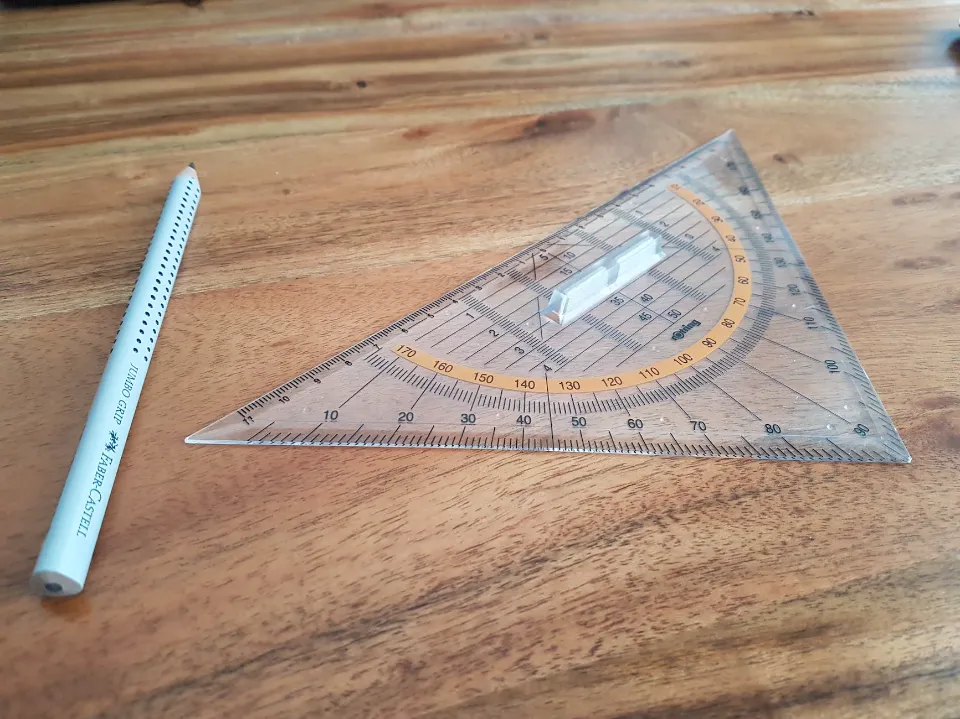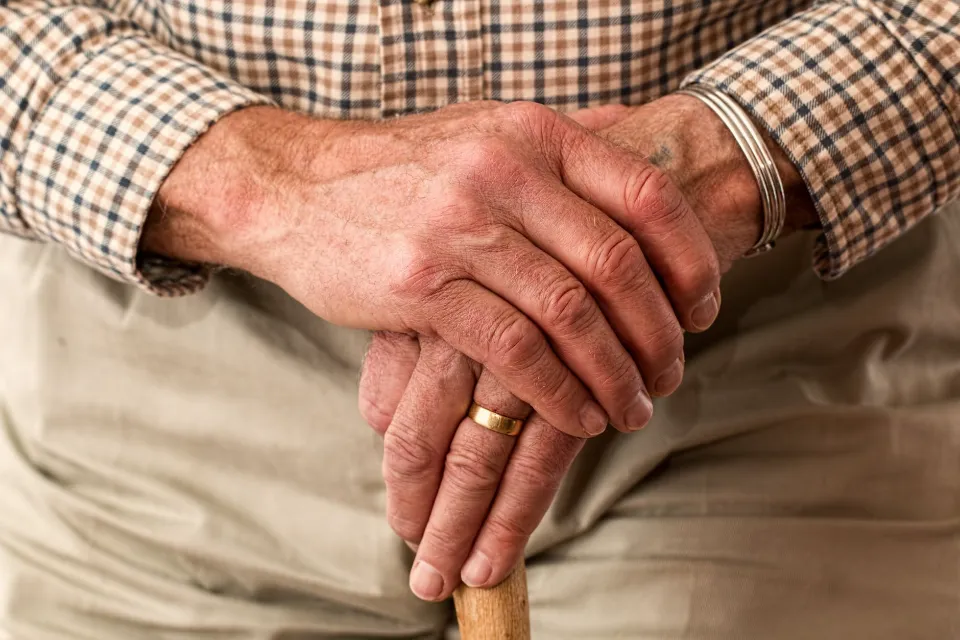It’s crucial to measure your walking stick or cane before using it to ensure that it is the proper height for you and the length that you need. A cane that is too big or too small might not offer the same level of performance and stability.
Learn how to cut and resize canes for you or others by reading on. Use the following information only as a general overview because calculating height is not always an exact science due to individual preference.
How to Measure for a Cane?
Estimated by Height
Estimate using your height. You can use your height as a general guide to determine the size you might need if you’re ordering a cane online without a tape measure. A person between the heights of 76 and 79 inches should order a 38-inch cane, whereas someone between the heights of 72 and 75 inches might prefer a 37-inch cane. If you are shorter than the recommended height ranges, the length of the cane you order should decrease by one inch for every three inches. For example, a person standing 64 to 67 inches tall should buy a 35-inch cane.
Many canes can be adjusted in height, but some (especially those made of wood) cannot.
Order a 36-inch cane if you’re of average height. Most canes are produced or modified to have a 36-inch length because many people, especially men, fall within that range. Some cane manufacturers automatically send 36-inch canes to online customers unless they request a different length.
More aches and pains, particularly in the neck, shoulder, and elbow, can result from walking with a cane that is either too long or too short.
Take a cane from a person your size. If a friend or family member temporarily needed a cane to help recover from an accident or injury, and if they are the same height as you, then ask them if you can borrow or buy it. Their cane might be a great fit for you if they were properly measured for it and have a similar shoe style as you.

Use a Measuring Tape
Use a measuring tape. Measuring the distance between your hand and the ground while wearing shoes is the most accurate way to figure out the ideal cane length for you. The top of your cane should align with the crease in your wrist as your arm hangs straight down by your side. In other words, the length of your cane should be equal to the distance between your wrist and the floor.
enlist the aid of an expert. The best course of action is to ask your doctor or physical therapist for assistance if you find it too challenging to take the correct measurements for your walking cane. Try asking your doctor to write you a prescription for a cane. You might also want to visit a medical supply store and ask a salesperson to assist you in choosing the best cane for you. Your doctor or a sales associate can also recommend the most appropriate material for your cane, as well as the handle shape and type of grip.
Consider Practical Use
Test out various cane lengths. Although measuring the distance from your wrist to the floor is the “gold standard” of determining cane length, you may prefer a slightly different height based on many physiological factors, such as the flexibility or strength in your hands, wrists, elbows or shoulders. For example, if you can’t bend your elbow very much, you might need a cane that’s a little shorter.
Select a grip that is comfortable for you. There are various grip styles for canes. One option is a cane with a foam handle grip that fits around your arm, either with or without a cuff. To make it simpler for you to hold onto, you can also purchase a cane with a big handle.
Remember to use the advice. Walking canes typically come with rubber or plastic tips on the end, which provide grip but they also affect the height of the cane. Therefore, always account for the size of the tip when measuring the cane. Furthermore, when the tips wear down with use, the cane’s height will reduce somewhat, so remember to replace worn out tips.
How to Cut Your Own Cane?
- Measure your proper cane height by using
- From the top of the handle’s lowest point to the bottom of the rubber tip, measure your cane.
- Subtract this distance from this distance. The part of your cane that needs to be cut off will be this size.
- The rubber cane tip should be taken off by twisting the cane to size it.
- Use a hacksaw or a blade with fine teeth to trim the required amount of your cane. A flat angle must be cut at all times.
- Before using, replace the rubber tip and make sure it is attached firmly.

How to Use a Cane Properly?
To walk safely with a cane on level surfaces:
- Hold the cane in the hand on your “good” side so that it provides support to the opposite lower limb
- Take a step with the “bad” leg and bring the cane forward at the same time. Together, advance the cane and the affected leg.
- Lean your weight through the arm holding the cane as needed
- Always have the bad leg assume the first full weight-bearing step on level surfaces
- With each step forward, the cane should be advanced by an average distance of one step. You shouldn’t feel as though you are stepping in front of the cane or extending to catch up to it.
Use your dominant hand to hold the cane and lean toward this side of your body if you are using it for general mobility rather than to support an injury. This cane-walking plan might not be the one your physical therapist has in mind if you are working with him or her because of an injury.
To properly ascend stairs, it is “up with the good.” Your stronger leg should go forward first, landing on the step above where you are standing while you hold onto the rail with one hand. Advance the weaker leg up to the same step that the stronger leg is on after the good leg has been properly positioned on the step. The cane is placed on the upper step at the same time as or after the weaker leg if there is no rail to hold onto.
To properly descend stairs, it is “down with the bad.” While holding onto the rail with one hand, advance the weaker leg first placing it on the step below where you are standing. Move the stronger leg down to the same step that the weaker leg is on once the affected leg has been placed correctly. If there is no rail to hold on to, the cane is placed on the lower step at the same time or after placement of the stronger leg.
Summary
You can use a measuring tape or your height to determine the length of your cane, and you should also take into account how you will be using it. You can choose a cane that is ideal for you by using these three steps.
FAQs
Which Leg Goes First When Using a Cane?
Step up with your stronger leg first. Put your weight on your stronger leg, then lift your cane and your weaker leg to meet the stronger leg. To improve your balance, use the cane.
Do You Hold a Cane on the Weak Or Strong Side?
If you are using a cane because one leg is weak or painful, hold the cane on the opposite side from the weak or painful leg. For example, if your right hip is sore, hold the cane in your left hand. Hold the cane in the hand you use less if you need a little balance and stability assistance.



